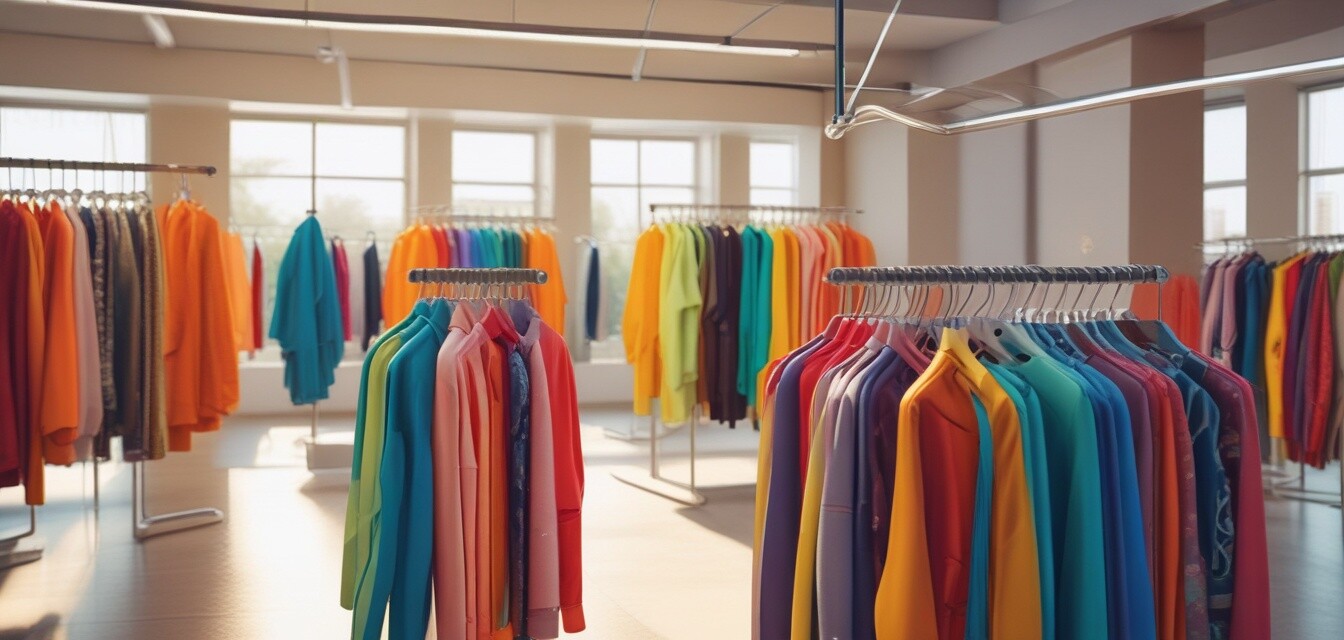
The Future of UV Protective Clothing in Fashion
Key Takeaways
- UV protective clothing is becoming a staple in fashion due to increased awareness of skin health.
- Innovations in fabric technology are paving the way for more stylish and functional designs.
- Consumer preferences are shifting towards sustainable and eco-friendly materials.
- Brands are increasingly integrating fashion with functionality to appeal to a broader audience.
- Outdoor activities and health awareness campaigns are driving demand for UV protective apparel.
The UV protective clothing market is rapidly evolving, driven by an increasing awareness of the dangers of sun exposure and rising skin cancer rates. As fashion intertwines with functionality, brands are innovating in fabric technology, design, and consumer engagement to create a new paradigm in apparel. In this article, we will explore the future trends in UV protective clothing within the fashion industry.
Innovative Fabric Technologies
As awareness about skin health increases, manufacturers are utilizing advanced materials that not only look good but also serve the essential purpose of blocking harmful UV rays. The future of UV protective clothing is characterized by:
- Moisture-wicking properties: Keeping the skin dry and comfortable.
- Cooling technologies: Regulating body temperature during outdoor activities.
- Sustainable materials: Eco-friendly fabrics that prioritize planet health.
Examples of Innovative Fabrics
| Fabric Type | Properties | Benefits |
|---|---|---|
| Recycled Polyester | UV-blocking, moisture-wicking | Environmentally friendly, comfortable |
| Bamboo Fabric | Breathable, biodegradable | Soft on skin, sustainable |
| Organic Cotton | UV-resistant, soft texture | Hypoallergenic, great for sensitive skin |
Shifting Consumer Preferences
The modern consumer is increasingly conscious about their clothing choices. There is a marked shift towards:
- Versatility: Clothing that can be worn in multiple settings.
- Sustainable fashion: Preference for brands that prioritize eco-friendly practices.
- Fashion-forward designs: Stylish options that integrate UV protection seamlessly.
How Brands are Responding
To cater to evolving consumer tastes, brands are:
- Creating collections that reflect current fashion trends while maintaining UPF ratings.
- Incorporating sustainability into their business models, influencing production methods and materials.
- Launching educational campaigns to raise awareness about the importance of UV protection, as seen in our Health and Safety Tips category.
Emerging Trends in UV Protective Clothing
As found in our News and Trends category, some exciting trends are emerging in this niche:
- Smart textiles: Clothing that can adjust its properties based on environmental conditions.
- Custom designs: Personalized clothing catering to individual style preferences.
- Functional accessories: Hats, eyewear, and cover-ups featuring UV protection.
Impact of Outdoor Activities
The rising popularity of outdoor activities, such as hiking, beach outings, and sports, has led to greater demand for UV protective apparel. As detailed in our Outdoor Wear category, clothing that combines comfort and UV protection is key for consumers looking to enjoy the sun safely.
The Role of Fashion on UV Protection Awareness
Fashion plays a crucial role in promoting UV protection awareness. When popular brands embrace UV protective clothing, it normalizes the concept and encourages wider acceptance among consumers. Fashion influencers and social media platforms also contribute by showcasing how stylish such clothing can be.
Educational Campaigns
Brands are increasingly engaging their audience through:
- Awareness campaigns regarding skin health.
- Collaborations with dermatologists to validate the importance of UV protection.
- Interactive workshops on choosing the right UV protective apparel.
Conclusion
The future of UV protective clothing in the fashion industry looks bright, with advancements in technology, a shift in consumer preferences, and a growing awareness of skin health. With brands focusing on sustainable practices and stylish designs, consumers will have more options than ever for sun-safe attire. Those interested in exploring various accessories or kids' apparel will find that UV protection is all the rage.
Pros
- Wide variety of stylish options available.
- Advanced technology enhances comfort and functionality.
- Sustainable materials support eco-friendly practices.
Cons
- Potentially higher costs compared to standard clothing.
- Limited availability in certain retail shops.
- Some consumers may not fully understand the benefits of UPF ratings.